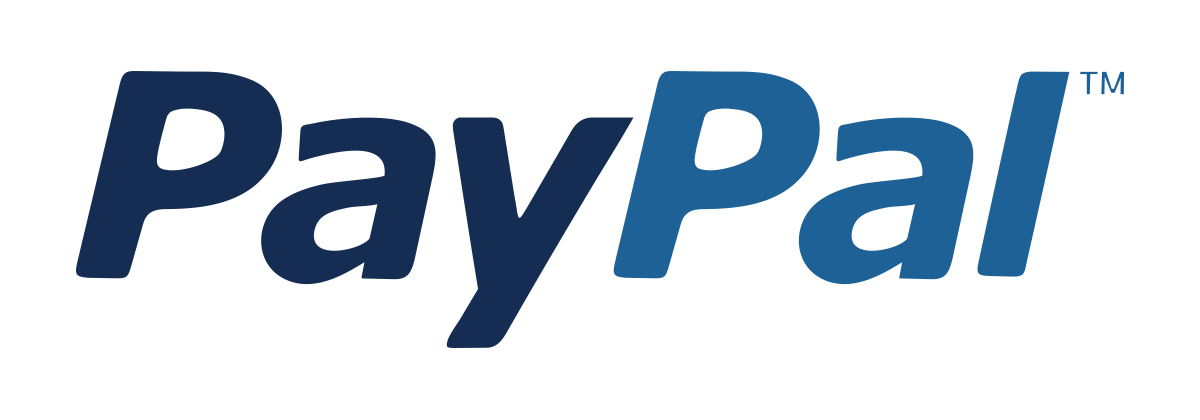Graph Neural Networks (GNNs)
Learn How to Model Relationships and Structures Using Deep Learning on Graph Data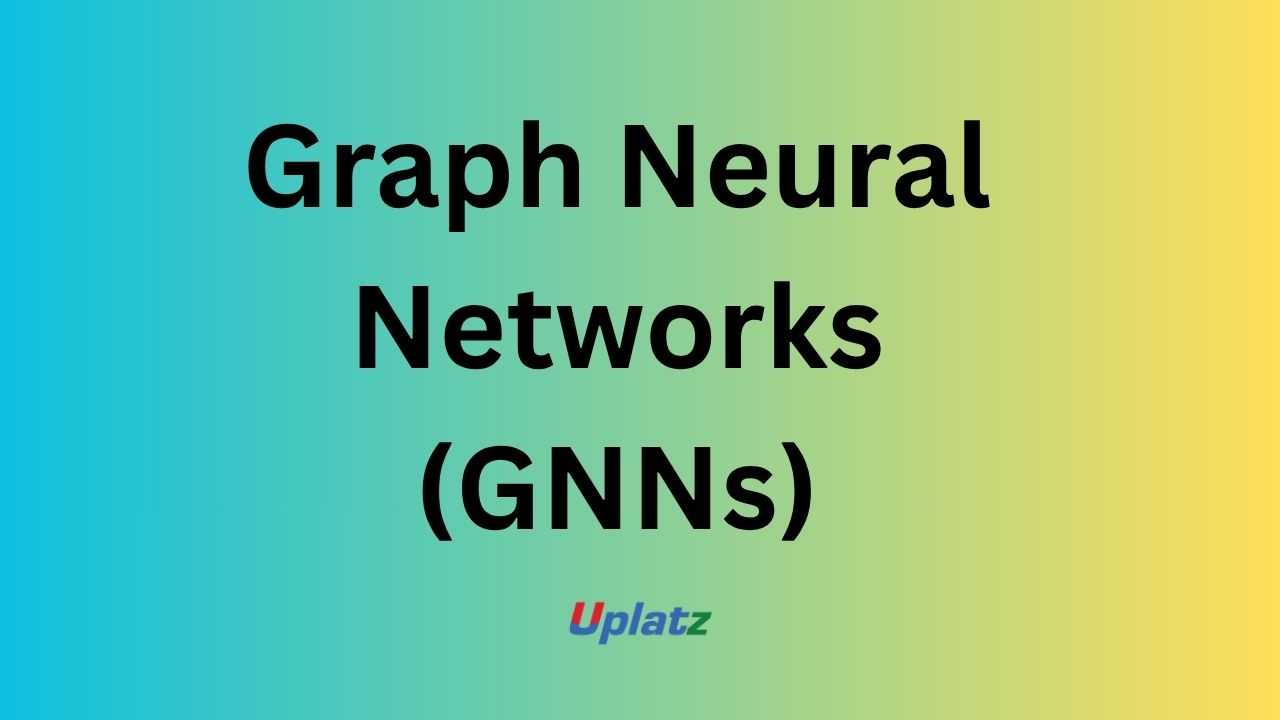 Price Match Guarantee
Full Lifetime Access
Access on any Device
Technical Support
Secure Checkout
Course Completion Certificate
Price Match Guarantee
Full Lifetime Access
Access on any Device
Technical Support
Secure Checkout
Course Completion Certificate
 97% Started a new career
BUY THIS COURSE (
97% Started a new career
BUY THIS COURSE (GBP 12 GBP 29 )-
 86% Got a pay increase and promotion
86% Got a pay increase and promotion
Students also bought -
-
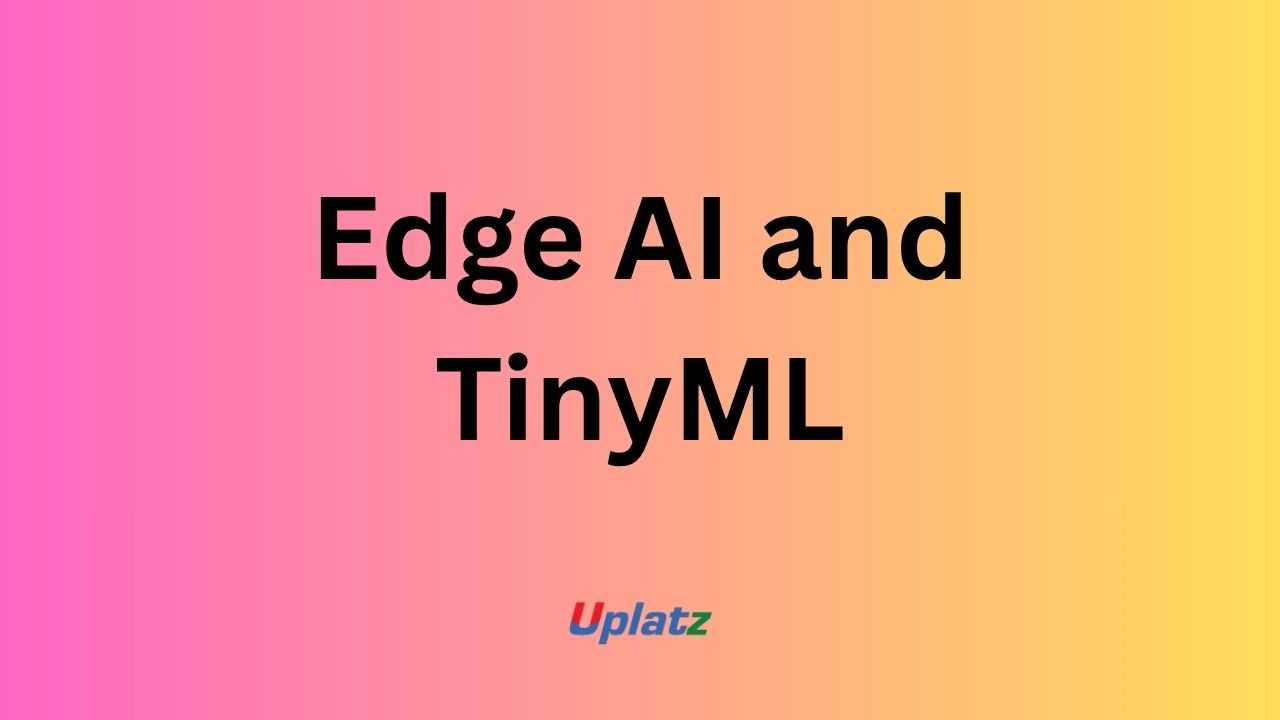
- Edge AI and TinyML
- 10 Hours
- GBP 12
- 10 Learners
-
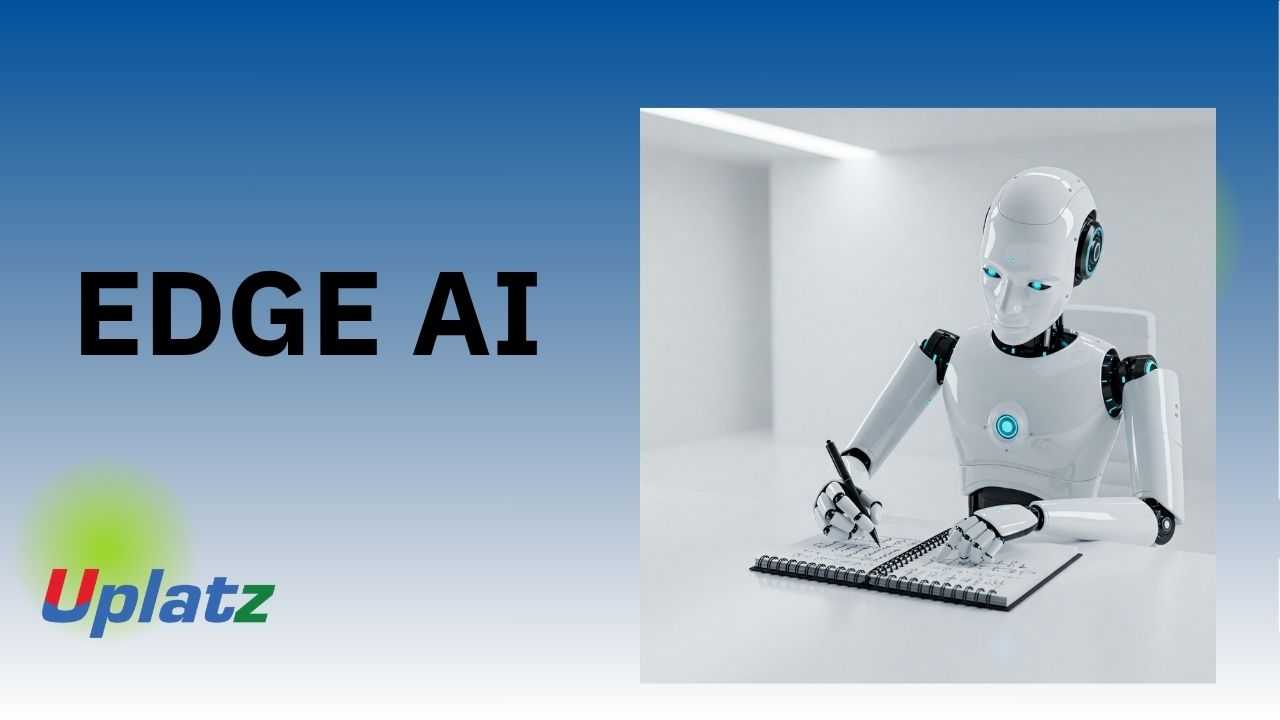
- Edge AI: Building Intelligent Systems at the Edge
- 10 Hours
- GBP 12
- 10 Learners
-
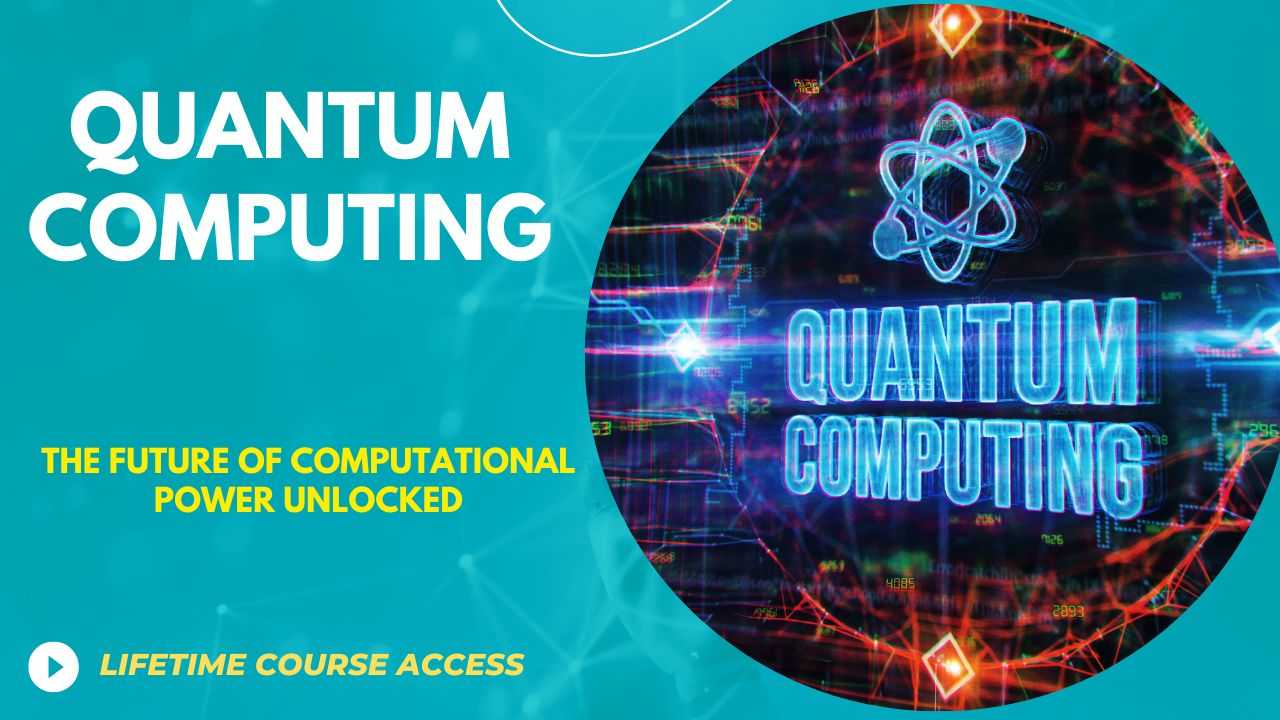
- Quantum Computing
- 20 Hours
- GBP 12
- 276 Learners
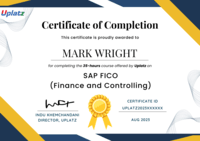
Graph Neural Networks (GNNs) represent one of the most transformative advancements in deep learning. While traditional neural networks are designed for data arranged in grids or sequences, GNNs bring intelligence to relational, interconnected, and graph-structured data. This makes GNNs indispensable for fields such as social networks, drug discovery, recommendation systems, fraud detection, cybersecurity, transportation modelling, and knowledge-graph reasoning.
This self-paced Uplatz course provides a comprehensive, real-world journey through the world of graph-based machine learning. From the mathematical foundations to hands-on implementation with frameworks like PyTorch Geometric (PyG), Deep Graph Library (DGL), GraphX, and NetworkX, this course equips you to build, train, optimize, and deploy Graph Neural Networks in production environments.
🔍 What Are Graph Neural Networks?
Graph Neural Networks are deep-learning models built to operate on graph data — structures consisting of nodes (entities) and edges (relationships). Unlike convolutional networks or recurrent networks, which assume a fixed geometric layout, GNNs are designed to work with irregular, non-Euclidean data where relationships matter as much as the data points themselves.
Examples of graph data include:
-
Social media interactions
-
Molecules and chemical bonds
-
Road networks and traffic flow
-
E-commerce user–item interactions
-
Financial transaction networks
-
Knowledge graphs and semantic relationships
GNNs extend deep learning to data where connectivity, neighborhood structure, and relationships drive meaning. Instead of treating each data point independently, GNNs aggregate information from connected nodes, allowing patterns to emerge from the graph topology itself.
⚙️ How Do Graph Neural Networks Work?
GNNs use a mechanism called message passing — each node gathers information from its neighbors, transforms it through neural layers, and updates its representation (embedding). This iterative process allows the model to learn how local and global structures influence predictions.
Core components you’ll learn include:
-
Adjacency matrices and graph representations
-
Graph convolutions (spatial and spectral methods)
-
Neighbourhood aggregation and pooling
-
Attention mechanisms for weighted neighbour importance
-
Node embeddings and graph-level embeddings
-
Link prediction, node classification, and graph classification
You’ll explore foundational architectures such as:
-
Graph Convolutional Networks (GCNs)
-
Graph Attention Networks (GATs)
-
GraphSAGE (sample-and-aggregate)
-
Message Passing Neural Networks (MPNNs)
-
Graph Transformers
Each model type offers unique strengths depending on the structure and size of the graph, making GNNs adaptable across industrial and research use cases.
🏭 How GNNs Are Used in the Industry
GNNs have rapidly become essential in sectors where relationships between entities influence decision-making. Companies such as Meta, Google, Amazon, Alibaba, Microsoft, DeepMind, Pinterest, and Uber rely on GNNs for large-scale graph learning applications.
Common real-world use cases include:
1. Fraud Detection & Financial Risk Analysis
GNNs detect suspicious patterns by analysing transaction relationships instead of individual transactions.
2. Recommendation Engines
E-commerce platforms use GNNs to model user–item interactions, improving personalization and user engagement.
3. Drug Discovery & Bioinformatics
Molecular graphs allow GNNs to predict protein interactions, chemical properties, and drug efficacy.
4. Social & Behavioural Analytics
Platforms like Twitter and Facebook use GNNs to understand community behaviour, misinformation spread, and user clustering.
5. Traffic & Transportation Networks
GNNs model dynamic road conditions, congestion patterns, and route optimization.
6. Knowledge Graph Reasoning
Search engines and AI assistants use GNNs to infer relationships in massive knowledge bases.
7. Cybersecurity
Network traffic graphs enable anomaly detection, intrusion prediction, and vulnerability mapping.
This broad industrial adoption has made GNN skills highly sought-after for AI engineers, data scientists, and researchers.
🌟 Benefits of Learning Graph Neural Networks
Mastering GNNs offers both technical and career advantages:
-
Access to cutting-edge deep-learning methods beyond CNNs, RNNs, and transformers.
-
Ability to work with graph-structured data, which is becoming increasingly important in AI and big-data systems.
-
Strong demand and high-value roles in AI, ML, data science, research, and industry R&D labs.
-
Expertise in PyTorch Geometric, DGL, and scalable graph frameworks, which are highly valued by employers.
-
Capability to design AI solutions for complex real-world problems, from finance to biology.
-
Future-proof your career as graph learning becomes central to AI research and enterprise analytics.
Learning GNNs gives you a competitive advantage in the next wave of intelligent systems.
📘 What You’ll Learn in This Course
This course dives deep into both theory and hands-on practice. While the detailed syllabus sits in its own section, the learning path includes:
-
Graph theory fundamentals: nodes, edges, adjacency, connectivity
-
Graph representations (matrices, lists, sparse tensors)
-
Graph convolution and spectral theory
-
Message passing and neighbourhood aggregation
-
Node embeddings, graph embeddings, and pooling strategies
-
Building GCNs, GATs, GraphSAGE, and MPNNs
-
Link prediction, node classification, graph classification
-
Frameworks: PyTorch Geometric, DGL, GraphX, NetworkX
-
Mini-projects: social network modelling, molecule prediction, recommendation engines
-
Optimisation, scaling, and distributed graph learning
-
Capstone project: end-to-end GNN pipeline on a real dataset
By the end of the course, you will be able to design, build, evaluate, and deploy powerful graph-based deep-learning systems.
🧠 How to Use This Course Effectively
To make the most of your learning experience:
-
Start with Graph Basics
Understand nodes, edges, adjacency matrices, and graph connectivity. -
Follow the Hands-On Coding Sessions
Code along using PyTorch Geometric and DGL to build real GNN architectures. -
Complete Mini-Projects Early
Apply each concept through small practical tasks such as node classification or link prediction. -
Experiment with Architectures
Modify GCNs, add attention, or try GraphSAGE to experience performance differences. -
Scale Up to Large Graphs
Learn about sampling, batch processing, and distributed training. -
Work on the Capstone Project
Build a full GNN pipeline using a real industry dataset — ideal for your portfolio. -
Review and Reinforce
Rewatch lessons, experiment with datasets, and push your models into deployment-ready form.
👩💻 Who Should Take This Course
This course is ideal for:
-
Machine Learning & Deep Learning Professionals
-
AI Engineers and Researchers
-
Data Scientists handling relational or network data
-
Developers interested in graph databases and knowledge graphs
-
Bioinformatics and computational chemistry teams
-
Students preparing for advanced ML roles or research positions
-
Anyone looking to future-proof their AI skillset
No prior knowledge of graph neural networks is required, though familiarity with Python and basic deep learning is helpful.
🚀 Final Takeaway
Graph Neural Networks are shaping the future of AI by modelling complex relationships that traditional neural networks cannot capture. The GNN Self-Paced Online Course by Uplatz provides everything you need to confidently implement, optimize, and deploy GNN models in real-world scenarios.
By the end, you’ll understand the theory, workflows, and practical techniques required to build enterprise-grade graph learning systems — and you’ll be equipped with the skills needed for high-value roles in modern AI and data science.
-
Understand the foundations of graph theory and representation learning.
-
Implement Graph Convolutional Networks (GCNs).
-
Explore Graph Attention Networks (GATs) and GraphSAGE.
-
Use frameworks like PyTorch Geometric and DGL.
-
Perform node classification and link-prediction tasks.
-
Build and train GNNs on real-world graph datasets.
-
Optimize model performance and scalability.
-
Apply GNNs in social, chemical, and financial networks.
-
Interpret graph embeddings and visualization outputs.
-
Prepare for advanced AI research or data-science roles involving graph data.
Course Syllabus
Module 1: Introduction to Graph Theory and Graph Data
Module 2: Graph Representations and Adjacency Matrices
Module 3: Fundamentals of Graph Neural Networks
Module 4: Graph Convolutional Networks (GCN)
Module 5: Graph Attention Networks (GAT) and GraphSAGE
Module 6: Frameworks – PyTorch Geometric and DGL
Module 7: Training and Optimization of GNN Models
Module 8: Applications – Recommenders, Molecules, and Fraud Detection
Module 9: Scaling GNNs for Large Graphs and Distributed Environments
Module 10: Capstone Project – End-to-End Graph Learning Pipeline
Upon successful completion, learners receive a Certificate of Completion from Uplatz, confirming expertise in Graph Neural Networks (GNNs). This Uplatz certification validates your ability to design, train, and deploy deep-learning models on graph-structured data.
The certification aligns with real-world applications in AI research, data science, and enterprise analytics where relationship-driven insights are vital. It is ideal for professionals seeking roles in machine learning, network science, and data-driven product engineering.
This credential demonstrates your capacity to apply deep-learning techniques beyond traditional data formats, preparing you for cutting-edge roles in research and industry.
With increasing demand for intelligent relationship modeling, Graph Neural Network specialists are among the most sought-after AI professionals today.
After completing this course with Uplatz, you can pursue roles such as:
-
Graph Machine Learning Engineer
-
AI Research Scientist (GNN Specialist)
-
Data Scientist – Knowledge Graph Analytics
-
Recommender System Engineer
-
Fraud Detection AI Analyst
Professionals in this domain earn between $110 000 and $200 000 per year, depending on experience and project complexity.
Career opportunities exist in tech giants, fintech startups, biotech firms, and research labs applying relational deep learning to solve complex, interconnected problems. With this course, you’ll be prepared to engineer the next generation of graph-intelligent systems powering modern AI ecosystems.
-
What is a Graph Neural Network?
A deep-learning model that operates on graph-structured data to learn representations of nodes and edges. -
How does a GCN differ from a CNN?
GCNs apply convolutions to irregular graph data structures, while CNNs work on grid-like data such as images. -
What is message passing in GNNs?
The process by which nodes aggregate information from their neighbors to update their representations. -
What are Graph Embeddings?
Vector representations of nodes or entire graphs that capture relational patterns for downstream tasks. -
What are Graph Attention Networks (GATs)?
GNN variants that assign attention weights to neighbor nodes during message aggregation. -
What is GraphSAGE?
A sampling-based approach that enables GNNs to scale to very large graphs by aggregating sampled neighbors. -
What are common applications of GNNs?
Social network analysis, fraud detection, drug discovery, and recommendation systems. -
Which frameworks are used to build GNNs?
PyTorch Geometric, Deep Graph Library (DGL), and GraphX. -
What are challenges in training GNNs?
Over-smoothing, high computational cost, and memory limitations for large graphs. -
How can GNN models be optimized for large datasets?
Through sampling techniques, mini-batch training, and distributed computation.







